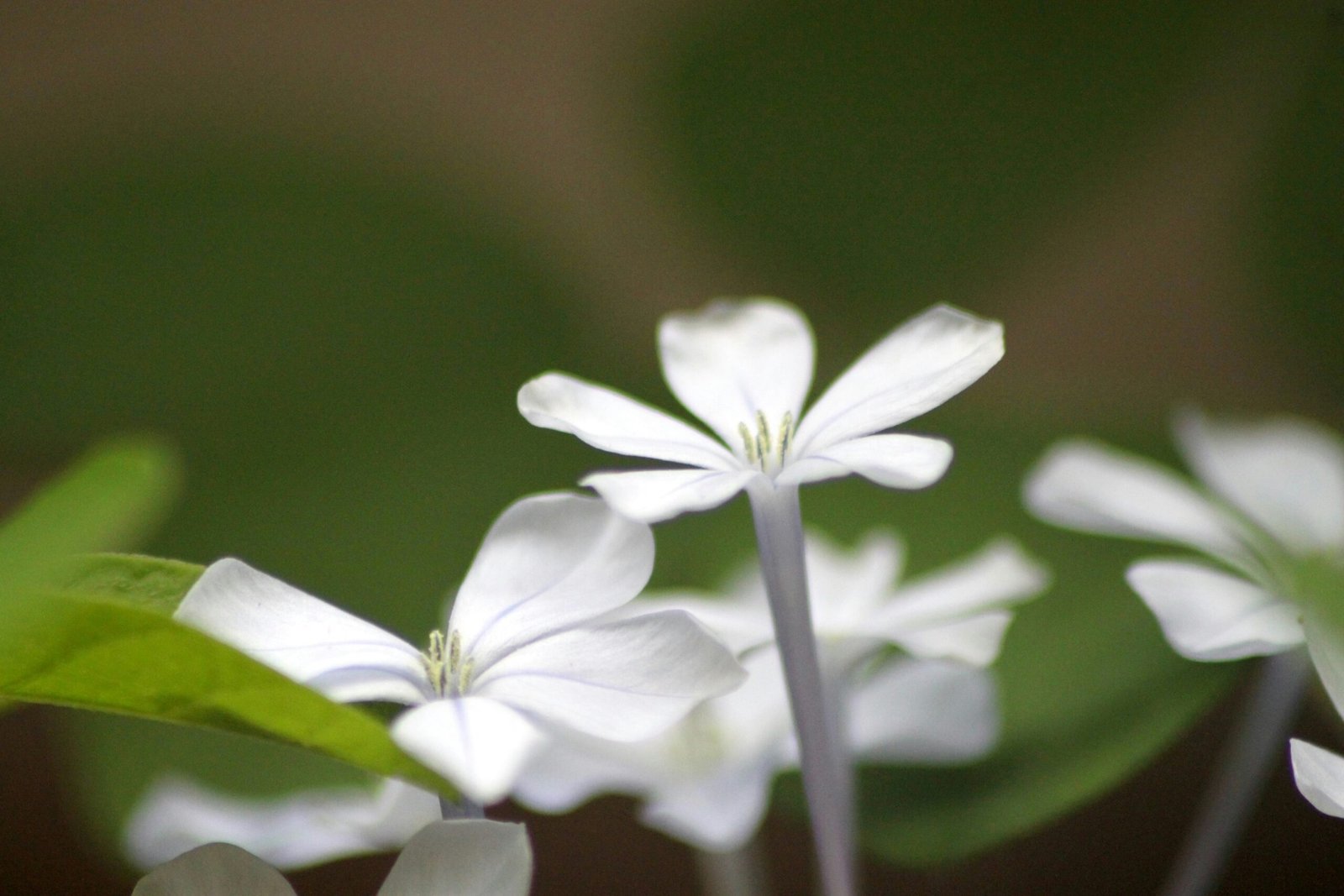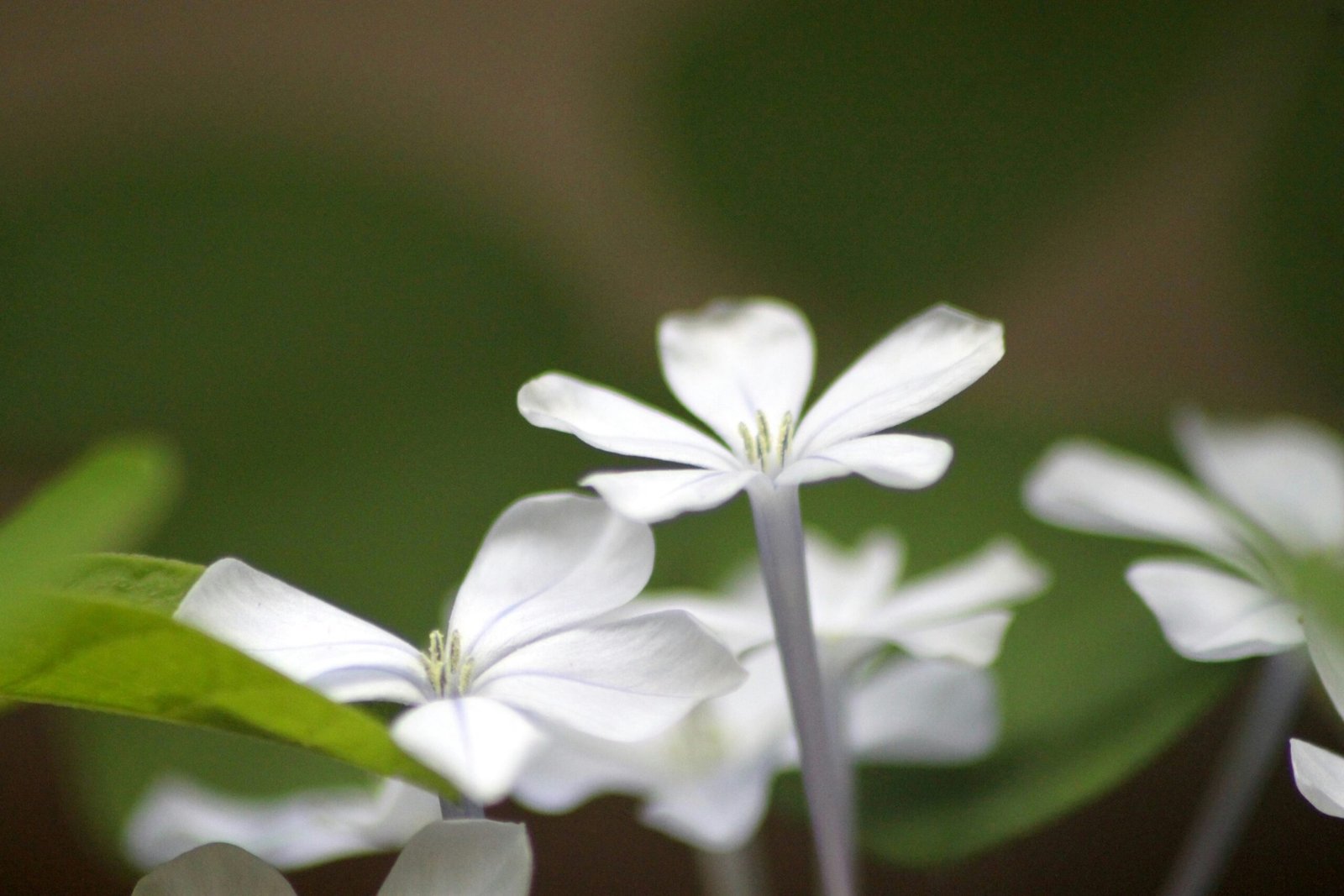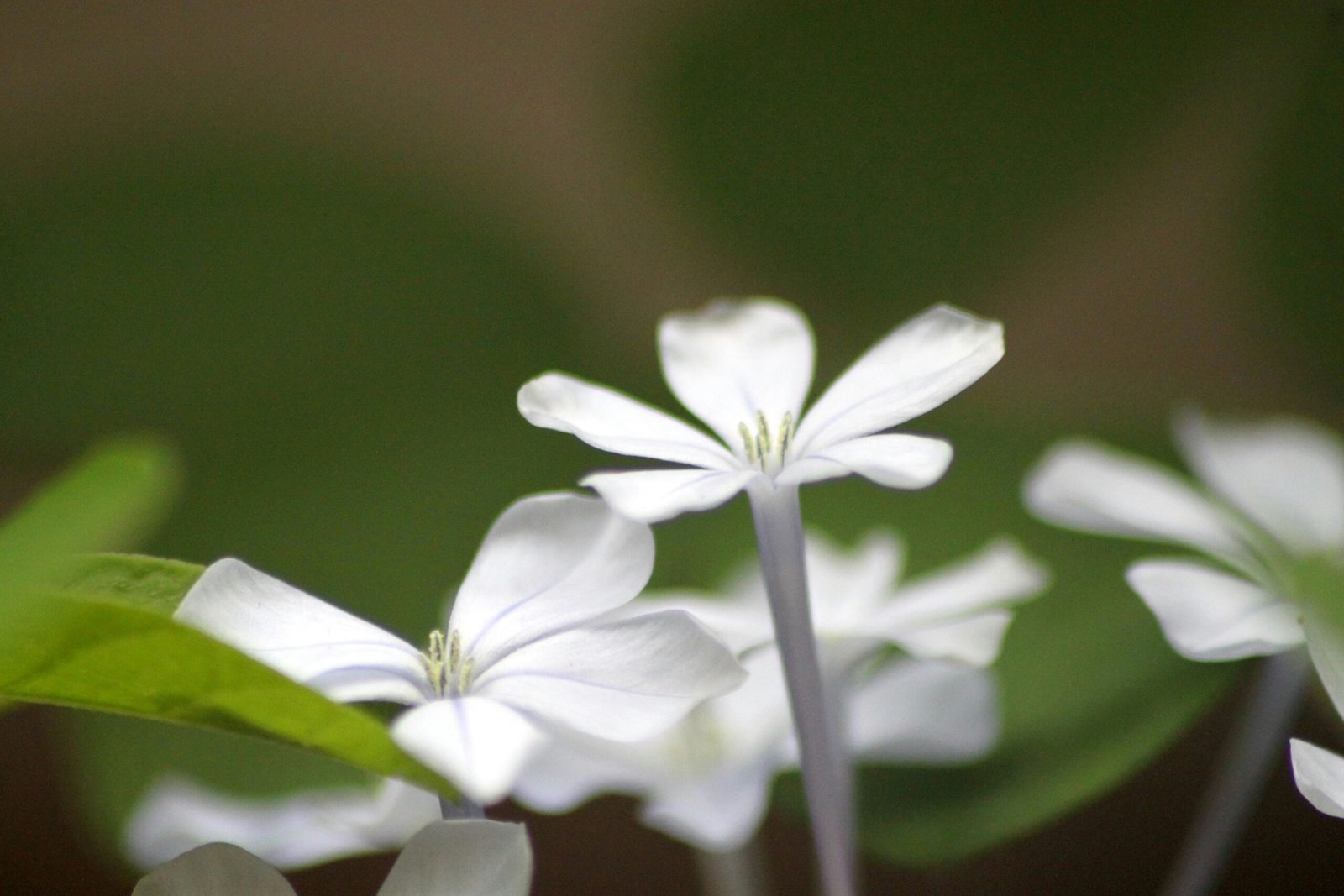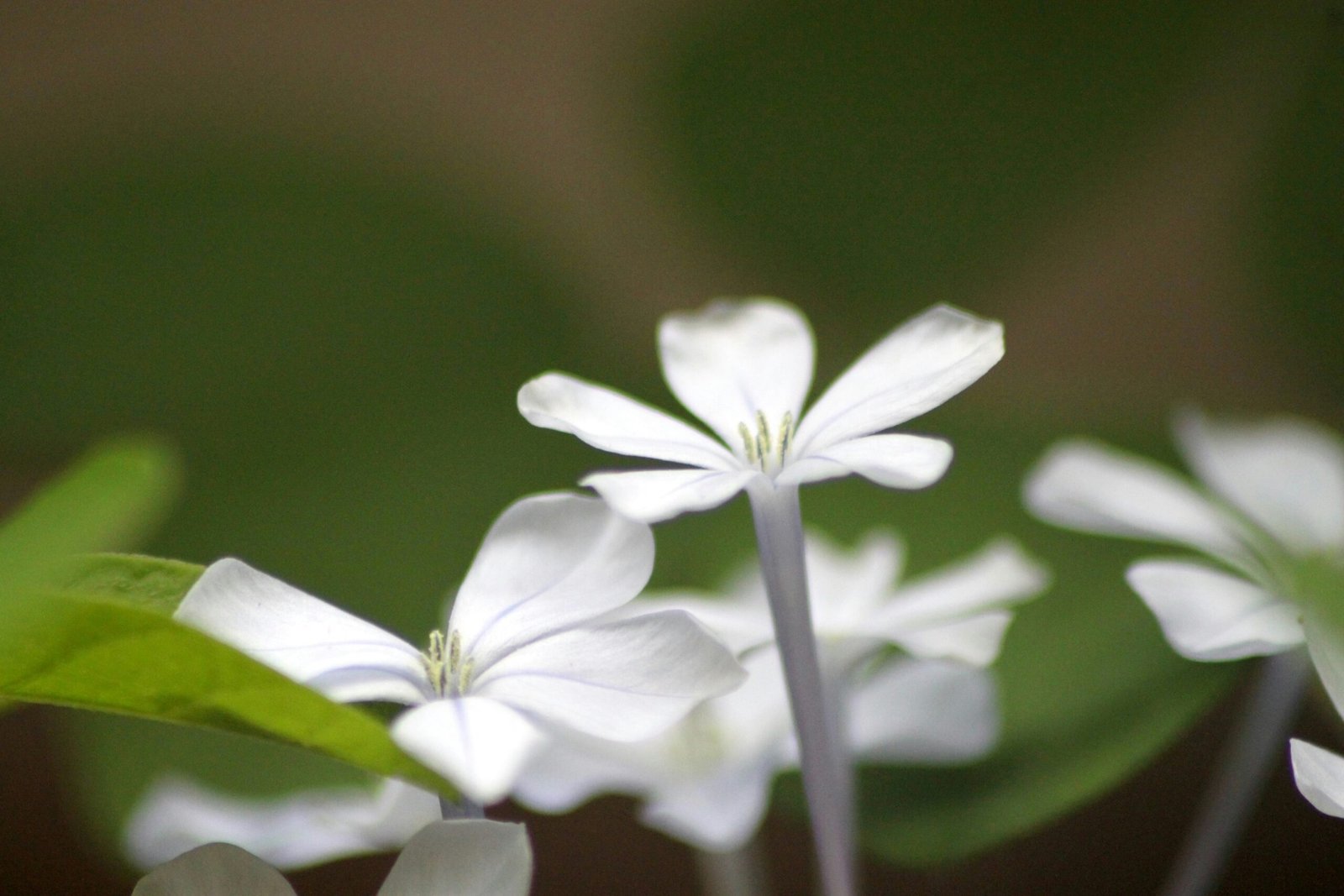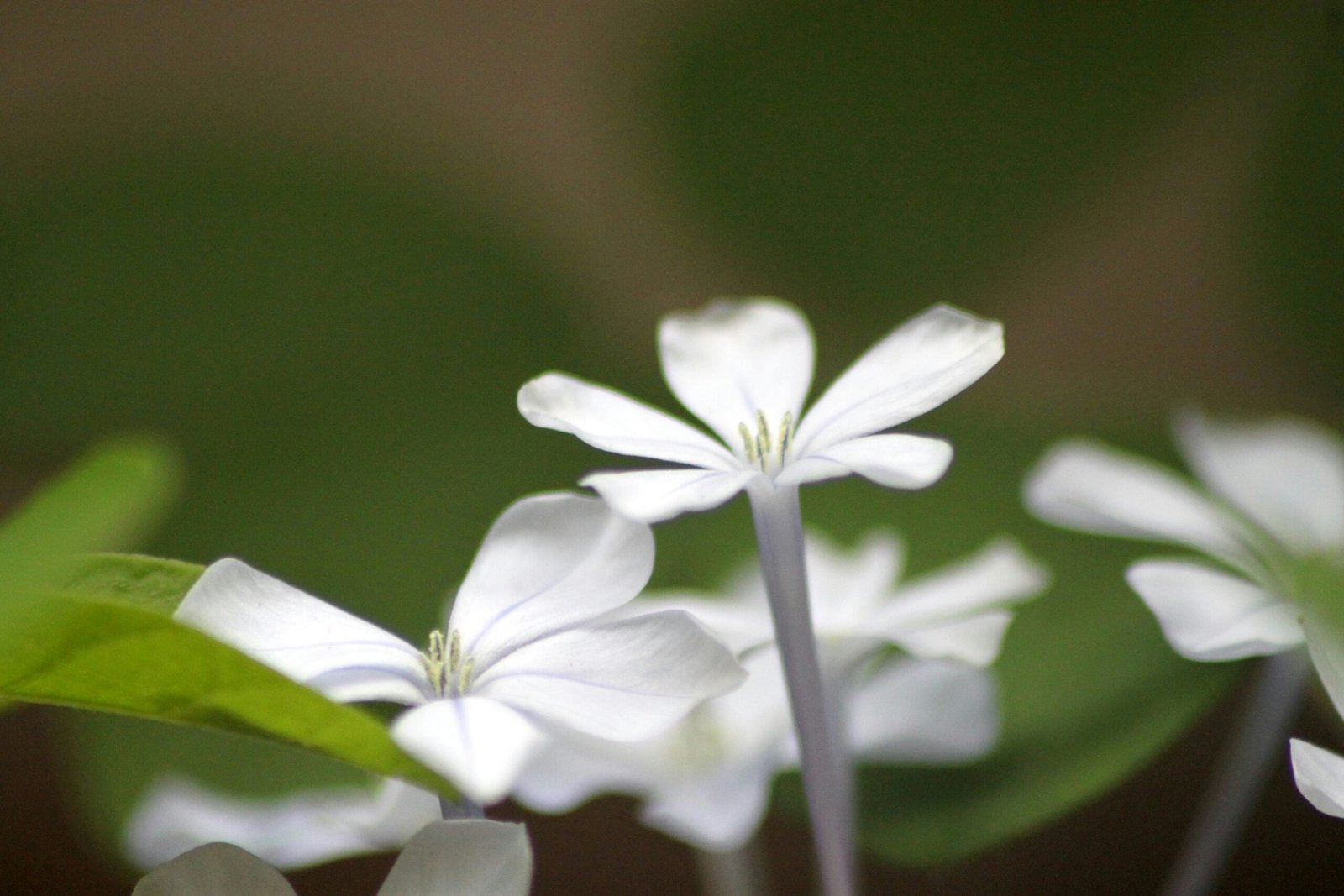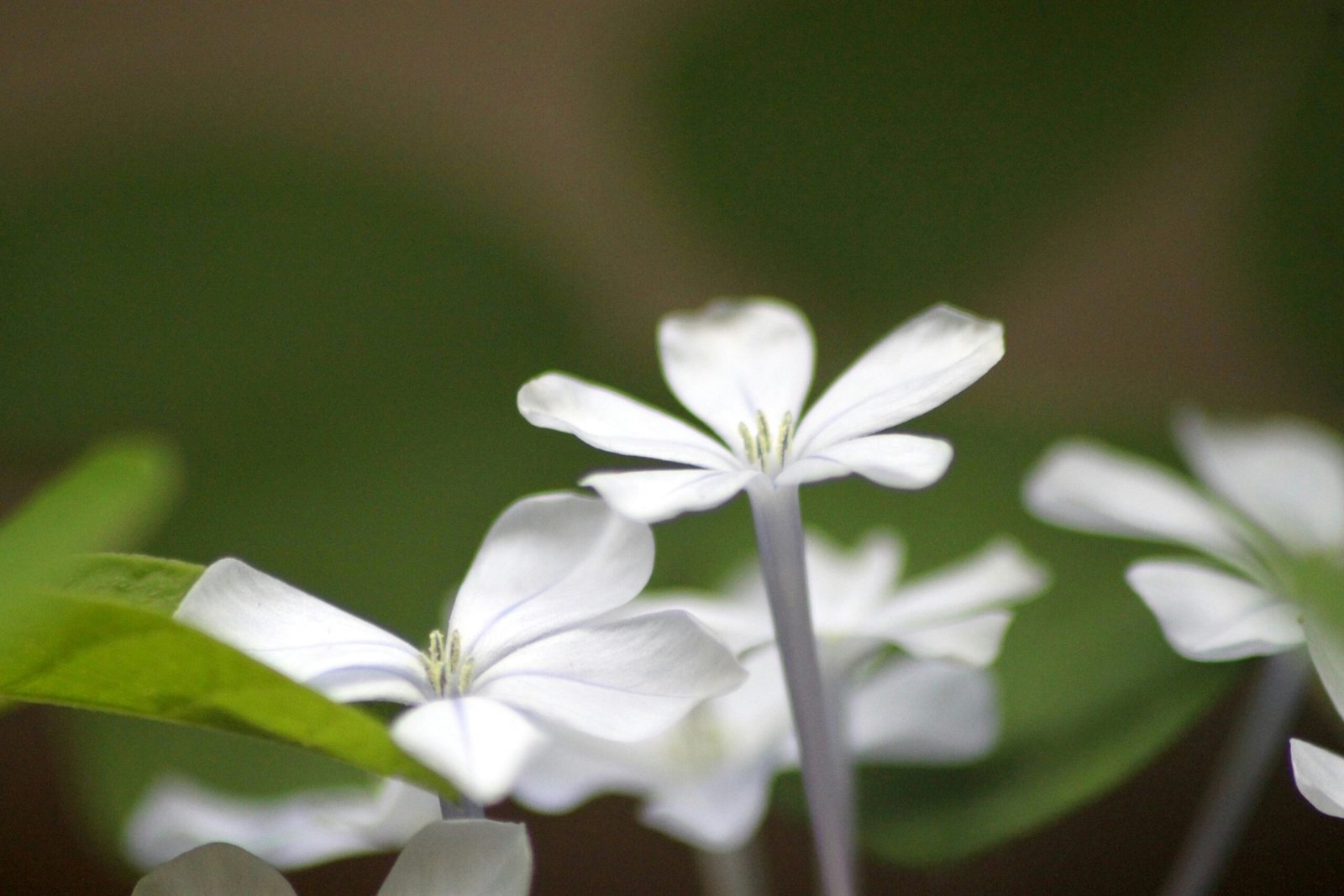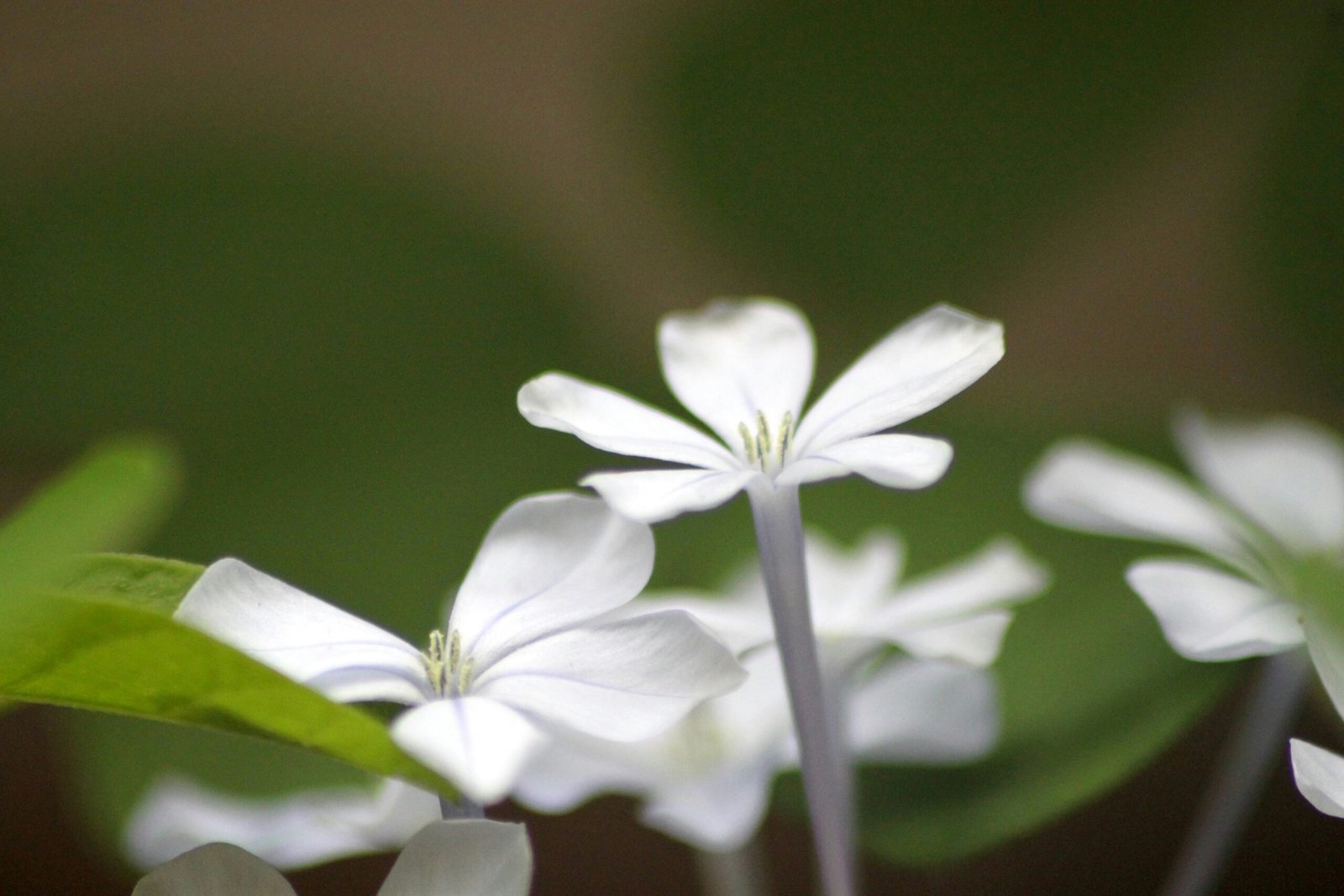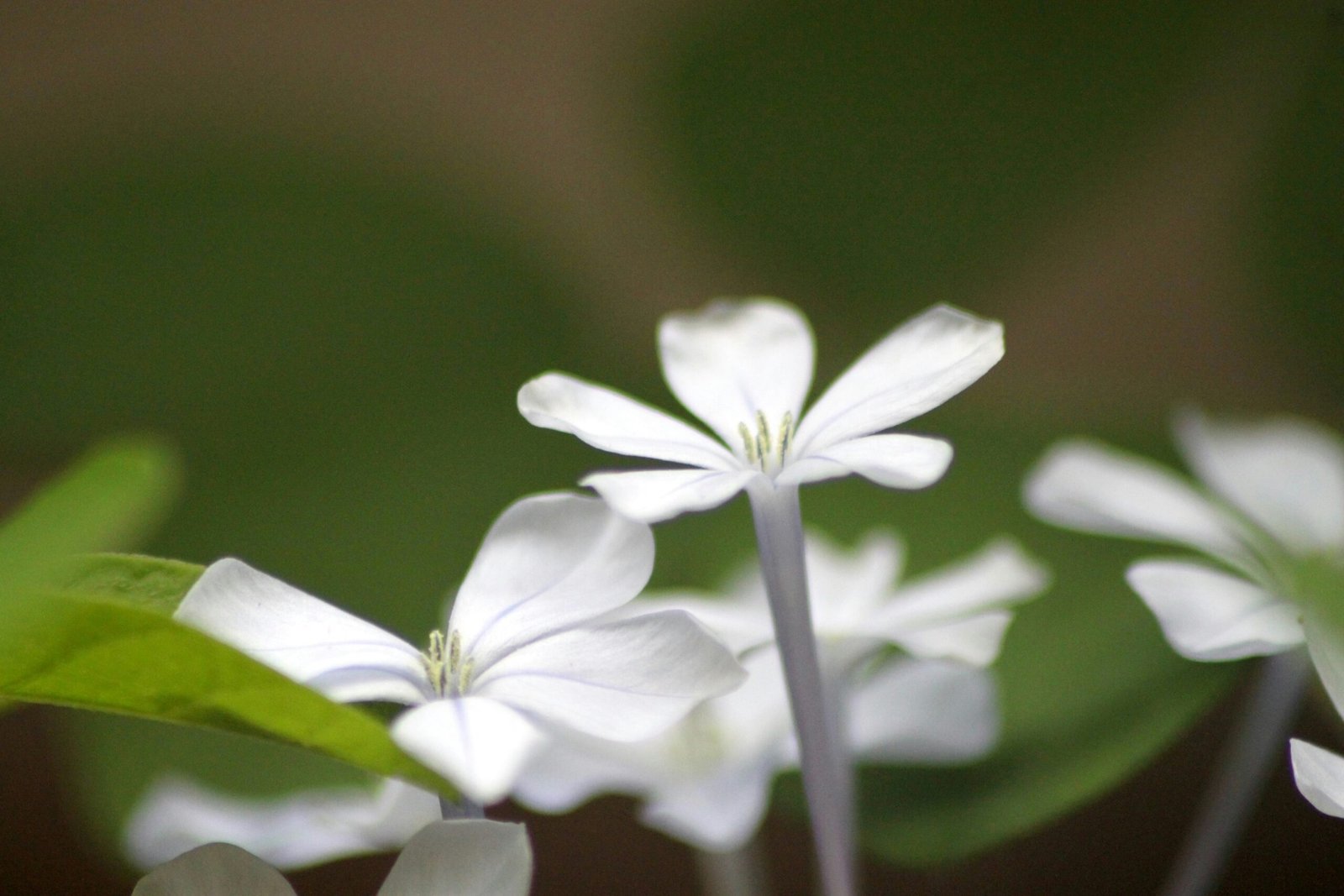Understanding Crawlspaces A crawlspace is a narrow, unfinished space beneath the ground floor of a building, typically between the foundation and the first floor. It is designed to provide access to plumbing, electrical wiring, and ventilation systems, serving as an essential component of residential construction. These areas, generally just a few feet in height, can vary significantly in size, depending on the architecture and layout of the home. While crawlspaces are beneficial for certain functionalities, they can often create problems that adversely affect indoor air quality. One of the primary concerns associated with crawlspaces is moisture buildup. In many regions, humidity levels can lead to excessive water accumulation in these spaces, which creates an environment conducive to mold growth. Mold not only weakens the structural integrity of a building but also releases spores that can circulate through the home’s ventilation system, leading to respiratory issues and other health problems for the occupants. Furthermore, crawlspaces are often poorly insulated, making them susceptible to leaks and moisture intrusion, which exacerbate the humidity problem. In addition to moisture issues, crawlspaces can also harbor pests such as termites, rodents, and insects. These pests can enter through small gaps and cracks, establishing colonies that can cause damage not only to the structure but also to the air quality within the home. The droppings, urine, and decaying matter from these pests can contribute to allergens and irritants that affect residents’ health. Overall, the challenges associated with crawlspaces—such as moisture accumulation, mold proliferation, and pest infestations—underscore the importance of addressing indoor air quality concerns in residential environments. Proper maintenance and mitigation strategies, including crawlspace encapsulation, can significantly enhance the living conditions and health of inhabitants. The Importance of Indoor Air Quality Indoor air quality (IAQ) is a critical factor that significantly impacts our health and overall well-being. Poor IAQ can lead to a range of health issues, particularly respiratory problems, which can affect individuals across various age groups. Common pollutants, such as dust, mold, volatile organic compounds (VOCs), and allergens, often accumulate in indoor environments, making it essential to maintain clean and healthy air. Research has shown that extended exposure to contaminated indoor air can result in a myriad of health complications, including asthma, allergies, and even chronic obstructive pulmonary disease (COPD). Vulnerable populations, such as children and the elderly, are generally more susceptible to the adverse effects of poor air quality. It is particularly alarming that studies suggest that indoor air may often be more polluted than outdoor air, emphasizing the need for effective measures to improve IAQ. Factors contributing to degraded indoor air quality can include inadequate ventilation, moisture intrusion, and the buildup of pollutants from various sources such as furniture, cleaning products, and building materials. One effective solution to mitigate these causes is crawlspace encapsulation, which creates a seal that prevents moisture and contaminants from seeping into the living spaces of the home. By addressing the root causes of indoor air quality degradation, homeowners can significantly reduce the risk of health problems linked to poor air quality. By prioritizing indoor air quality through proactive measures, individuals can promote healthier living conditions. Taking steps to improve IAQ not only enhances physical health but also contributes to mental well-being, leading to a more comfortable and productive living environment. What is Crawlspace Encapsulation? Crawlspace encapsulation is a building technique aimed at improving indoor air quality by addressing moisture-related issues in the often-overlooked areas beneath a home. The process involves sealing off the crawlspace from the external environment using heavy-duty plastic sheeting, which not only helps to block moisture but also prevents the entry of pests, mold, and other air contaminants. By creating a barrier, encapsulation effectively reduces humidity levels in the crawlspace, directly impacting the overall air quality within the living spaces above. In addition to sealing, insulation plays a crucial role in the encapsulation process. Insulating the walls of the crawlspace can help maintain stable temperatures and further diminish the potential for condensation. This ensures that the space remains dry, even during periods of high outdoor humidity, ultimately preventing the growth of mold and mildew that can compromise air quality and affect the health of the home’s occupants. An essential component of effective crawlspace encapsulation is the installation of dehumidifiers. These appliances actively manage moisture levels and offer a controlled environment that discourages the proliferation of allergens and pollutants. By removing excess humidity from the air, dehumidifiers enhance the effectiveness of the encapsulation process, ensuring that the air circulated throughout the home remains clean and healthy. The primary goal of crawlspace encapsulation is to create a healthier indoor environment, especially for families suffering from allergies or respiratory conditions. By implementing this method, homeowners can significantly improve indoor air quality, contribute to energy efficiency, and protect the structural integrity of their property. Overall, this encapsulation method is an effective strategy for combating moisture-related issues, providing extensive benefits for both health and home longevity. How Encapsulation Improves Indoor Air Quality Crawlspace encapsulation is an effective method for enhancing indoor air quality in residential settings. By sealing the crawlspace with a durable vapor barrier, encapsulation minimizes the intrusion of outdoor air, which can harbor various allergens and pollutants. One of the most significant benefits of this process is the reduction of humidity levels. Excess moisture in the crawlspace can lead to a plethora of issues, including the proliferation of mold and mildew, which negatively impact the overall air quality within a home. By controlling humidity through encapsulation, homeowners can create a more stable and healthier environment. Moreover, encapsulation significantly reduces the likelihood of mold growth. Under unsealed conditions, crawlspaces can become breeding grounds for mold spores that easily enter living spaces through a process known as “stack effect,” where warmer air rises and creates a vacuum that pulls in air from the crawlspace. The encapsulation process eliminates this pathway, therefore diminishing the potential for mold spores to circulate throughout the indoor environment. Additionally, by isolating the crawlspace from the living areas of the home, encapsulation creates a barrier
